The Art of Belonging - Nottingham. Frottage and collage at Green's Windmill and Science centre.
- larasanna1
- Jul 28, 2022
- 3 min read
More local culture
A short walk from Sneinton Market is Green’s Windmill and Science centre. We visited the windmill last week where they group worked on sketches of the setting. Unfortunately, on the day we visited, the windmill was closed but Shamila had popped in the previous day to pick up some information. She said that like the shopkeeper in the paint shop, the staff were very interested in the group and had printed off leaflets in a range of languages to help the group access the information about the windmill. It is encouraging that our meetings with members of the public are so positive.
The session last week had ended with Shamila walking with them to her favourite place in the city – the view from Colwick Woods over the city.
Today, we are in the New Art Exchange learning space and Shamila wants to encourage them to develop any of the sketches from our visits to different places in the city. To remind them of where they have been, she has pinned photographs around the room. The session begins today with them writing words around the photographs, she encourages them to write in either English or their preferred language. All opt for English though some use their phones for translations.
Then they settle to their own pieces. One boy shows me his frottage work explaining how he made it by collecting leaves in the castle- he points out two of the leaves that remind him of trees in Afghanistan.
Another is recreating Green’s Windmill in collage form.
He begins showing Shamila videos on his phone of how to make flour to make bread in Afghanistan. He shows others the bread ovens on the video explaining they have them in Afghan homes and shops. They share images of breadmaking in their countries on their phones Shamila encourages him to incorporate some of this into his representation of the windmill.
They begin to put their work on the wall near the photographs.
I am struck by how free-flowing the session has been- this seems to have allowed them to pursue their own ideas for the work. They use their phones as an important resource throughout. As well as documenting their activities through the taking of many selfies of themselves and their developing
work, they use the phones to communicate, to look up examples of images of what they are trying to say or create, or to look for English translations of words and phrases. They do this with us and with each other because amid so many languages, English is the common one.
Shamila tells me that the boy who expressed an interest in the art club has been attending it regularly mixing with a range of others in his age group. He has also volunteered to join the Young Producers group, a body of young people who help the New Art Exchange in their planning of events. He has real aptitude and Ruth has been encouraging him to consider an art course. His first reaction was ‘how can I do that?’ which seemed to be both an expression of disbelief that this was a possibility and also a genuine question about the processes involved. When I had asked him if he had done any art previously, he laughs and says ‘No! How would I have done that in my country?’
Ruth forwards an email from him the following day in which he thanks her for her support and encouragement as he is planning now to attend a college open day for an art course. She promises to help him prepare a portfolio. I wonder would this have happened for this young person without the Art of Belonging programme and the encouragement of professional artists?








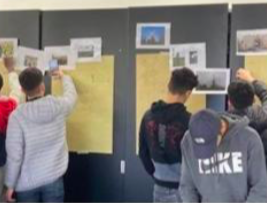
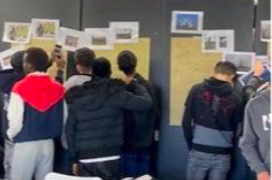

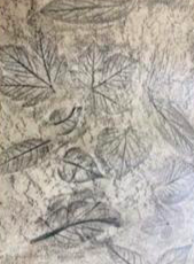
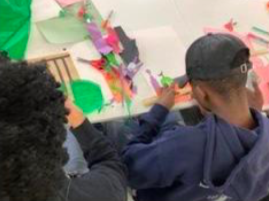
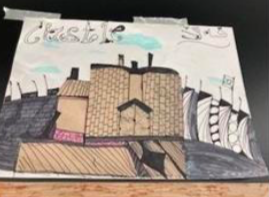

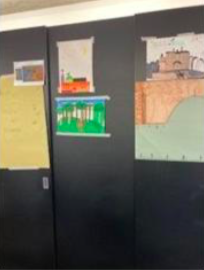
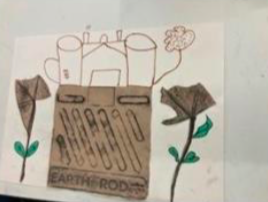
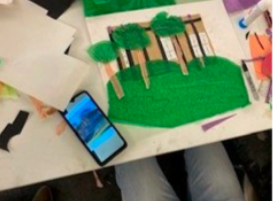

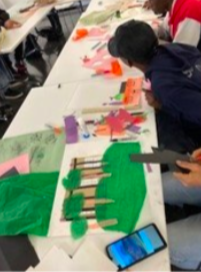



Comments